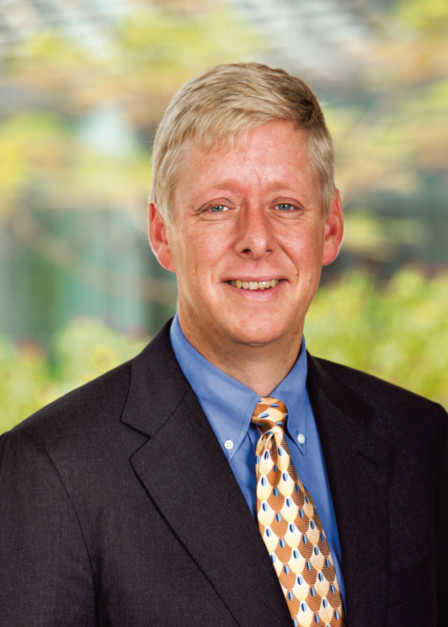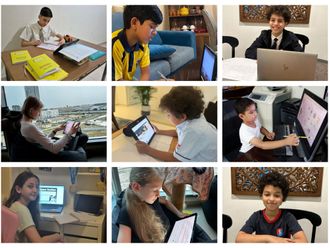
Abu Dhabi: After combining three institutions into one university last year, the Khalifa University of Science and Technology has started its first academic year, with 3,500 students enrolled across its undergraduate and postgraduate programmes for the new term.
The decree, which was passed in October last year, announced that Khalifa University, Masdar Institute of Science and Technology, and the Petroleum Institute would all be consolidated into one major university. The objective of the merger was to pool all of the universities’ resources and capabilities together with the goal of creating one of the best universities in the world.
The classes at the university began in the last week of August.
“It’s a really exciting time with a lot of things happening at once, not just with the merger but also with the physical expansion of the university happening at the same time. It’s always busy around this time of the year with the new academic term starting, but even more so now given the changes,” said Dr Tod Laursen, interim president, Khalifa University of Science and Technology.
Dr Laursen said that the university received over 6,000 applications from prospective students for the new academic year, with 500 of them being accepted. “In terms of the total number of students attending the university, it will be larger than before. We had over 6,000 applications from students and only accepted 500 new students, this is part of our mandate to be very selective with who we accept. It’s good news for the students who have been accepted with us because they really went through a rigorous process,” he added.
Dr Laursen acknowledged that the merger was a challenge for the heads and faculty of the three institutions, but that the process went well, and that he was confident about the continued growth and success coming out of the merger.
“It’s a very big job to get this done that’s for sure, and there were challenges that we had to go through. Each campus had its own culture and way of doing things, the things that might sound boring but are actually very important, like how things are approved — for example, if a student wants to drop a class — all of these processes at the micro level had to be worked out,” he said.
“I do believe things will get smoother over time, we got this decree just last year so it’s all pretty recent, but things have gone well so far. From the leadership team, we want to continue and engage with everybody working at the university to make sure they know where we are going as we develop,” he added.
In terms of the programmes offered at the university, Dr Laursen explained that some changes were made, with all courses being aligned under one framework.
“I would say that on the undergraduate level it was pretty easy, we did some adjustments to make sure everything was within a common framework. The good thing is that all of our courses are internationally accredited, and so when you run things through the same accrediting agency, the same things tend to come up,” he said.
“On the master’s level, it was a case of avoiding duplication, so instead of having three master’s degree in mechanical engineering depending on which institution, we wanted to offer one,” he added.
“There had to be a systematic analysis to make sure that there was an agreement on the core requirements of a programme, and the changes we made were of that nature,” he said.
Dr Laursen said the merger would also present several advantages for both students and faculty for the new academic year, primarily in the areas of research.
“The good thing for our students is they have access to all three campuses now. Previously, while not impossible, it was more difficult for a student to access the laboratories and facilities of another institution,” he said.
“For the faculty, it’s largely the same thing as well. Before the merger, Khalifa University was going to start a new degree programme in chemical engineering, and we had a timetable for getting that done, which included setting up the laboratories and recruiting the people who would get that done. With the merger, we suddenly had a full chemical engineering department largely from the Petroleum Institute, and also from Masdar Institute.
“Each of these institutions had their own laboratory facilities that have now become available to their colleagues working in similar areas, so in many ways this has accelerated what we are able to do,” he added.
“Before we had faculty going abroad for most of the summer primarily to use established laboratories. There will still be good reasons for doing that, but that doesn’t have to happen as much now because we have much more collectively here,” he said.












